Reasons Why I Shoot Film
This post is the first in a hopefully regular series of posts about film photography.
Inspired by a combination of Boredom, YouTube videos, and that nagging feeling I should do something with those rolls of film I put through a Holga a couple of years ago, I’ve been shooting a fair bit of film recently. In fact, I have acquired more than one film camera from eBay recently. Mostly inexpensive, and most recently one not so inexpensive one.
It might seem a bit crazy to be putting so much effort into film when digital is so easy and prevalent nowadays, but there is way more to it than that. Just search for the #filmisnotdead hashtag on instagram to see plenty of examples of that (and some surprisingly awesome pictures as well!)
This isn’t going to be some “why you should shoot film” post. Neither is it going to be about “why film is not dead” either. There are plenty of those elsewhere online. Use Google or your favourite search tool of choice to find those. This is about why I enjoy shooting film.
I’ve taken loads of pictures of the London skyline at night. I’ve been doing it for several years now, and I have a few favourite spots. The thing is though, it doesn’t change much. That isn’t to say it doesn’t change, but it changes slowly.
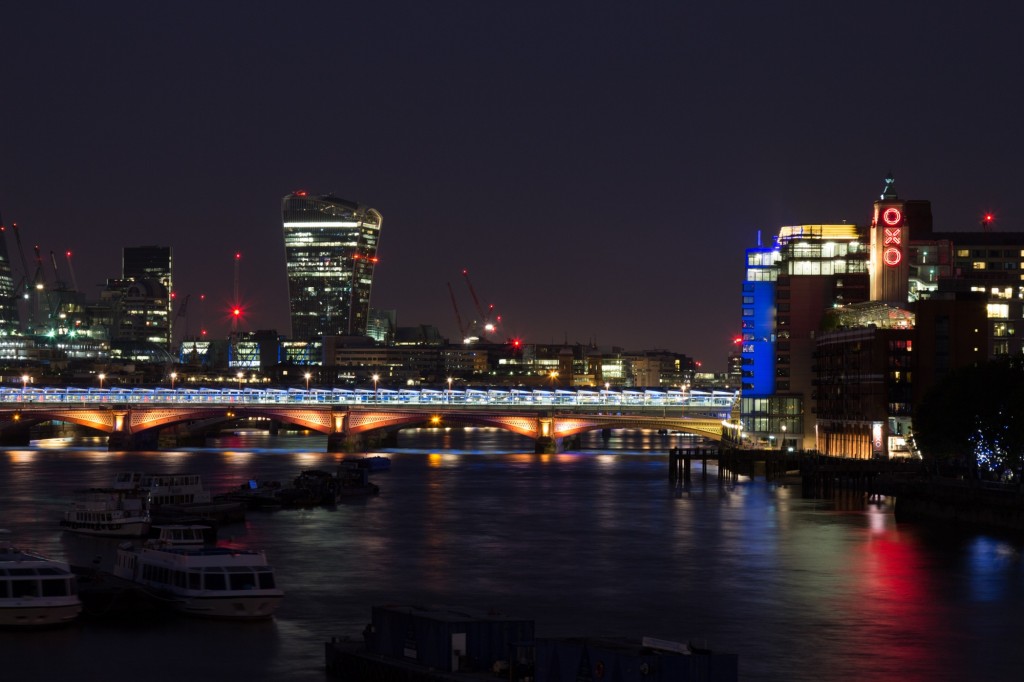
London skyline, May 2015 This is the only photo in this post taken with a digital camera.
The thing is though, there are only so many ways you can take this photo before you get kinda bored of it. And as much as I enjoy shooting with my 7d Mkii, the results are fairly predictable. And since you get instant feedback on the shot, you can easily keep shooting until you get what you want, correcting as you go. The images it produces are really quite clean as well. This is often a good thing, but when you’re shooting for fun it can get a little boring.
To cut a fairly long story short, I remembered I had a holga and some rolls of exposed film sitting around, and decided to get them processed. And while I was at it, I may as well shoot some more. Meanwhile, I found things like CineStill and decided to give 35mm film a shot as well. The results were fairly awesome.
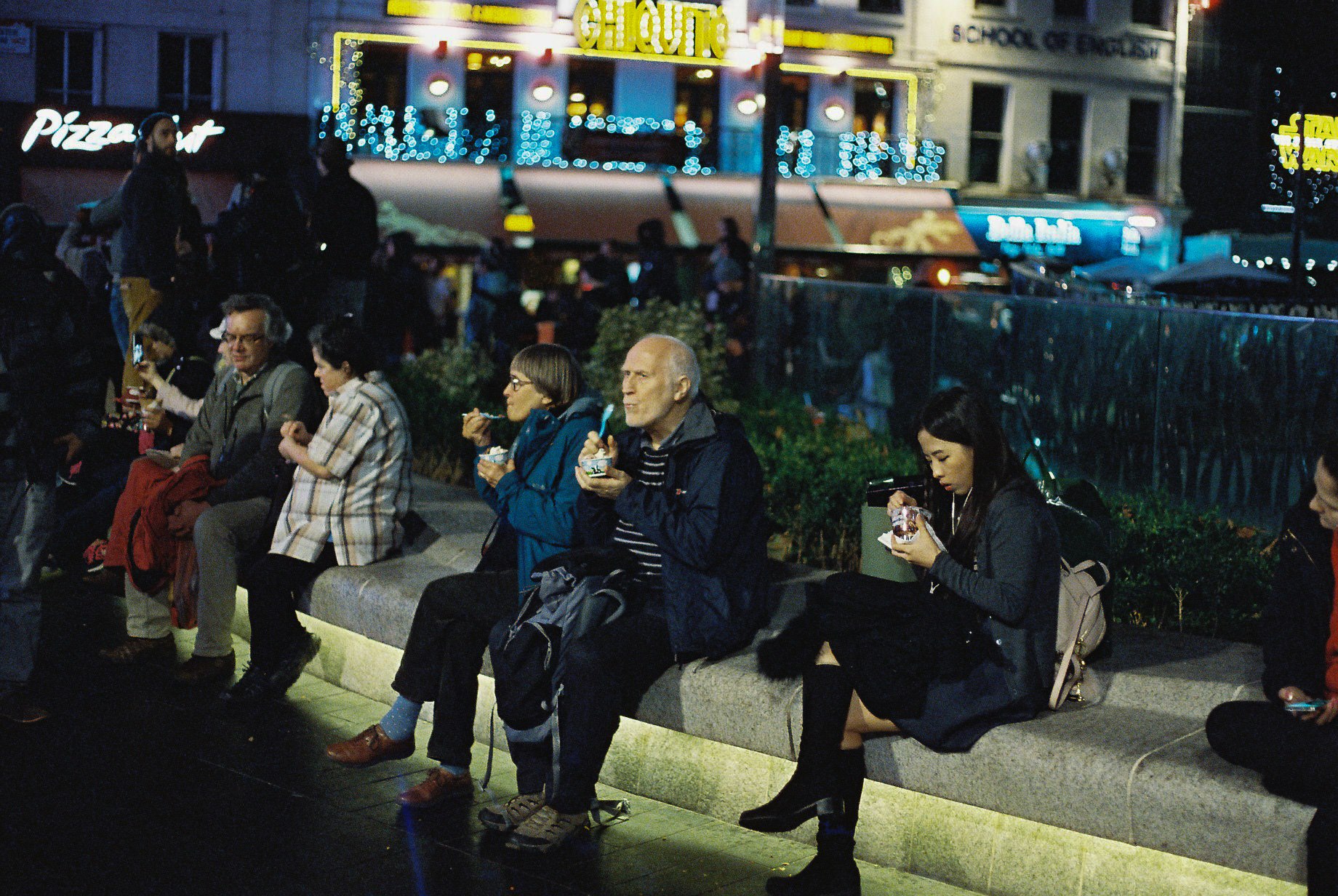
Shot on my first roll of CineStill 800t
Some films can be quite nonlinear. This adds to the fun! And to top it all, unlike digital, you don’t know if you got the shot, so you need to think a bit more.
Some films can be quite nonlinear. This adds to the fun! And to top it all, unlike digital, you don’t know if you got the shot, so you need to think a bit more.
After about 5 years of shooting entirely digitally, I was actually surprised how forgiving film is. I was expecting to get way more completely dark/light frames than I did. When you think about it though, if it wasn’t, the holga just wouldn’t work. This actually makes sense since analogue recording mechanisms like magnetic tape are almost impossible to clip the signal on – it ends up being a natural limiter as it becomes saturated with signal. Many films end up being similar.
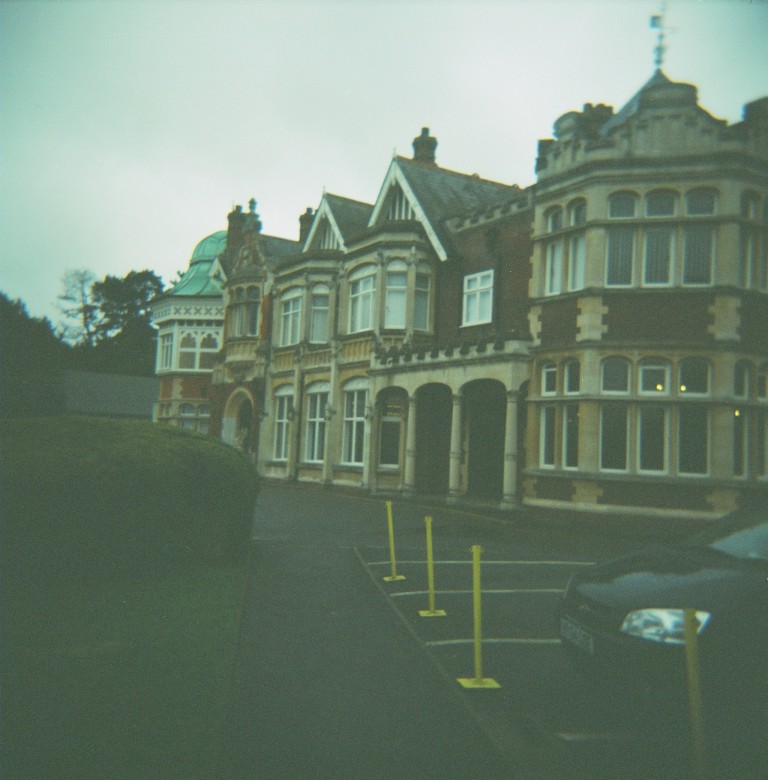
Bletchley Park January 2013This one was really quite underexposed
Shooting film is very different though. For one thing, it is less immediate. This might sound obvious, I mean, film cameras don’t have a screen to show you the image straight away. The thing is though, this can be a very good thing since it stops you checking if you got the shot. You just have to trust that you did (or take another one to be more sure). I think this was what I expected to be difficult going into this. The interesting thing is though, I think I have had fewer failed shots on film than I have on digital (this might change when I get the film developed from that old rangefinder I pulled off of eBay since I suspect it’s metering is way off but I’m not going to count that). I don’t know if this is because I shoot more carefully on film of not.
That isn’t to say all the images are good. Film is just as susceptible to camera shake and generally taking a bad photo. The thing is though, the same problems are actually what ruin most digital photos. At least they’re even on that front then!

Amsterdam – November 2015 This would have been a good shot if the camera had stayed still!
Shooting film forces you to focus (ha!) On the present and the future, not the past. There is no point worrying about that frame you just exposed, or the ones you exposed yesterday. They are done, and all you can do is think about the next frame. On top of that, with film you are stuck with the same film for the whole roll. If you have a roll of ISO 50 film loaded, that’s what you’re going to be shooting with until it is done. When you are about to head out, rather than just grabbing a camera and a memory card or two, you need to make a careful choice about what film you take. If the weather is changeable, this can be quite a challenge. Once out, if conditions change, you might need to be quite creative to continue to make your chosen combination work.
When shot well, a good quality film can produce very good results. This also surprised me a bit when I started looking into what films are available. I had always associated film with slightly washed out prints.
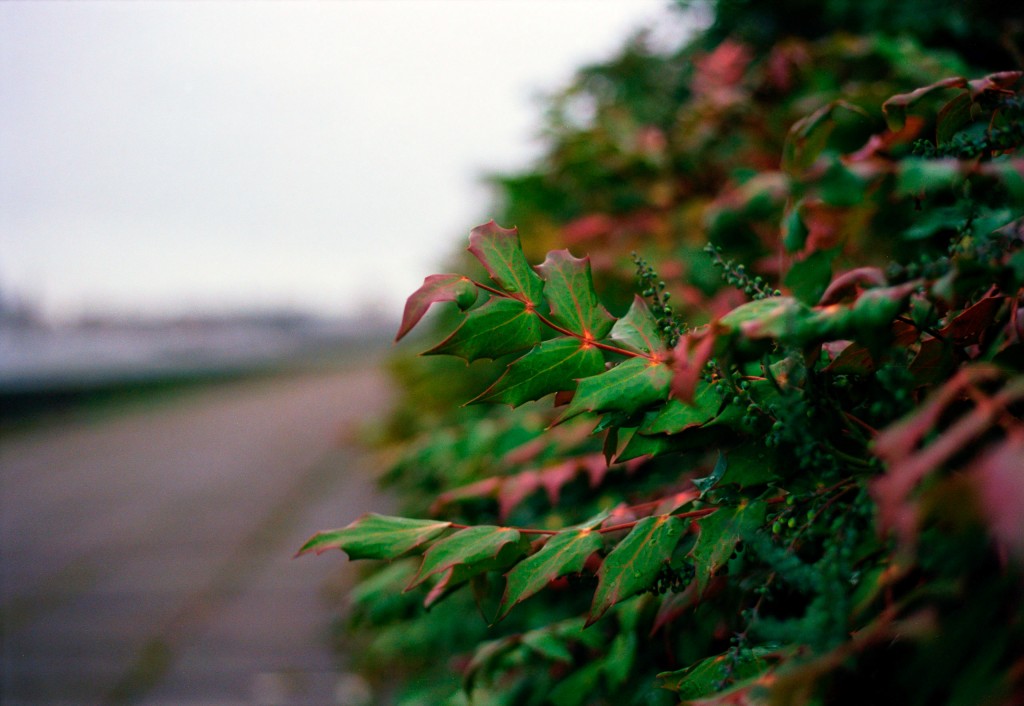
Shot on Kodak Ektar 100
But it seems that with films like Kodak’s Ektar 100, this doesn’t have to be the case. This film takes technologies from Kodak’s Vision line of motion picture films and back ports them to film for stills cameras. And the results can be quite something. It has really fine grain, and I reckon I could actually pass some of these shots off as digital photos as long as you don’t look too closely!
There are also films designed specifically to give interesting/odd effects. For example, Revolog Tesla places lightning bolts at random locations in your frames. This adds a certain amount of luck to it – if you’re lucky, the bolts will land in particularly interesting positions.
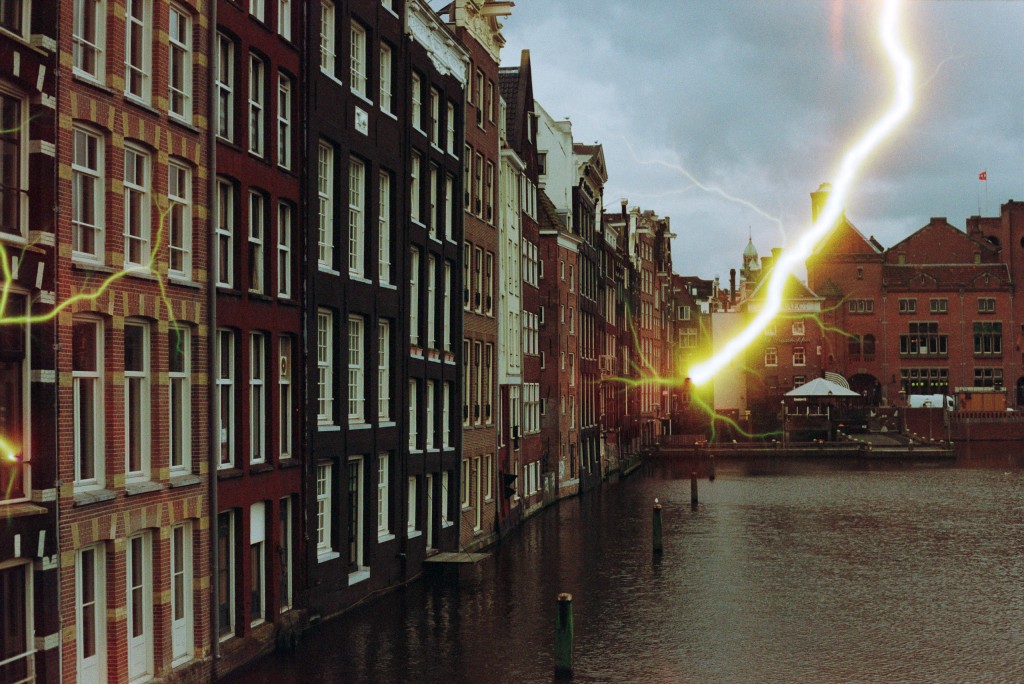
Revolog Tesla
So in summary, there are several things I like about film. For one thing, it forces you to think a bit more so you get the shot. The film you use also affects the result, so if you get bored you can use different films (in different ways) and surprise yourself with the results. I think the main thing though, is that it makes things more interesting. And that’s before you even consider things like the Holga.